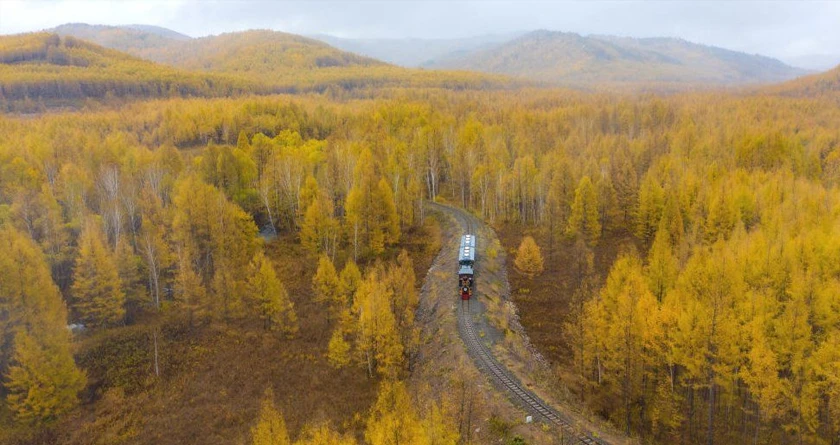
Huge areas of regenerated forests traced by researchers across the globe since the year 2000.
Forests regeneration facts…learn more…
Wednesday, 12th May 2021
A forested area equaling France in terms of its size has undergone a natural re-growth across the globe in the span of the last 20 long years, suggests a study. These restored forests are capable of soaking up an equivalent proportion of 5.9 GT of Carbon dioxide gas- which is far beyond the annual CO2 emissions coming from the US, as per conservation groups.
A team led by the WWF made use of satellite-based data to set up a map of the regenerated forests. Forest regeneration consists of the restoring of the natural woodland by means of very little or absolutely no intervention.
This actually ranges from doing just nothing to planting the native trees or uprooting the invasive plants or fencing off of the livestock.
William Baldwin-Cantello from WWF stated that natural regeneration of forest is often and usually "cheaper, richer in carbon and better for biodiversity than actively planted forests".
He however stated that regeneration of the forest cannot simply be taken lightly- "to avoid dangerous climate change we must both halt deforestation and restore natural forests".
"Deforestation still claims millions of hectares every year, vastly more than is regenerated," Mr. Baldwin-Cantello remarked.
"To realize the potential of forests as a climate solution, we need support for regeneration in climate delivery plans and must tackle the drivers of deforestation, which in the UK means strong domestic laws to prevent our food causing deforestation overseas."
Brazil’s Atlantic Forest offers some reason for positivity and hope, the study declared, with an average area about the size of Netherlands having been re-grown since the year 2000.
In Northern Mongolia’s boreal forests, a sprawling 1.2 million hectares of the forested covers have naturally regenerated across the last 20yrs, while the other forest regeneration hotspots are the Canada boreal forests and the forests of central Africa. However, the researchers have cautioned that the forests across the globe experience "significant threats".
Despite the "encouraging signs" with the forest covers along the Atlantic coast of Brazil, the extent of deforestation is at such a level that the forested zones have to be more than double the proportion in order to be at the minimal conservation threshold, stated.
This project is a collaborative venture between BirdLife International, WCS, and the WWF, who are seeking the help of other experts for validation and also the refinement of their map, which they consider as "an exploratory effort". One of the easiest ways to purge the air of CO2 is to resort to afforestation. But the scientists say that the right kind of trees needs to be planted in exactly the right places if they are to be used for reducing the load of carbon emissions.
The News Talkie Bureau
Source:
BBC











